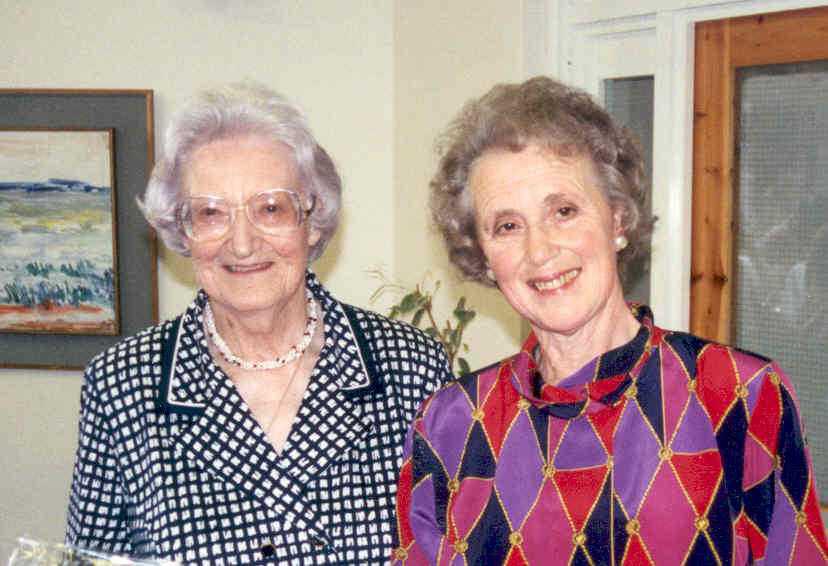AUDIO
The realisation of St Christopher's was led by Cicely, but an incredible team of people was involved:
When setting up St Christopher’s, Dr Saunders employed many people she knew and trusted, including former colleagues, friends, and patients’ family members who she saw would be a good fit for the hospice.
They supported her vision and contributed hugely with their pioneering approaches. Among these were Dr Mary Baines and Barbara McNulty, who set up the UK’s first homecare service for people in need of end of life support and Dr Colin Murray Parkes, consultant psychiatrist, who set up the first hospice-based bereavement service and developed the phases of grief model.
Other key notable figures who had a huge influence on the development of palliative care are Dr Gillian Ford, Director of Studies at St Christopher's from 1985–1999, who in 1987 successfully pushed for The Royal College of Physicians to recognise palliative medicine as a speciality, and Dame Barbara Monroe, a social worker who joined the hospice in the 80s and went on to be Chief Executive Officer.
RESOURCES
The items below will require an internet connection (WiFi, 3G or 4G)
WATCH
Senior Associate, Gill Early, describes how much she learnt from Dr Mary Baines as a Nurse whilst in the St Christopher's Home Care team. This audio excerpt was taken from an oral history recording for the St Christopher's Oral History Project.
LISTEN
As part of the St Christopher’s Oral History Project, hear from Dame Cicely Saunders’ goddaughter, Rosemary Burch, on her experiences as a summer volunteer working closely with Sister Barbara McNulty
LISTEN
As part of the St Christopher’s Oral History Project, hear from Senior Associate, Gill Early, on working with Dr Colin Murray Parkes at St Christopher’s
LISTEN
As part of the St Christopher’s Oral History Project, hear from Dr Gillian Ford on how she ensured that palliative medicine was recognised as a speciality
LISTEN
As part of the St Christopher’s Oral History Project, hear from former Head of Estates, Ian Penistone, on working with Dame Barbara Monroe


